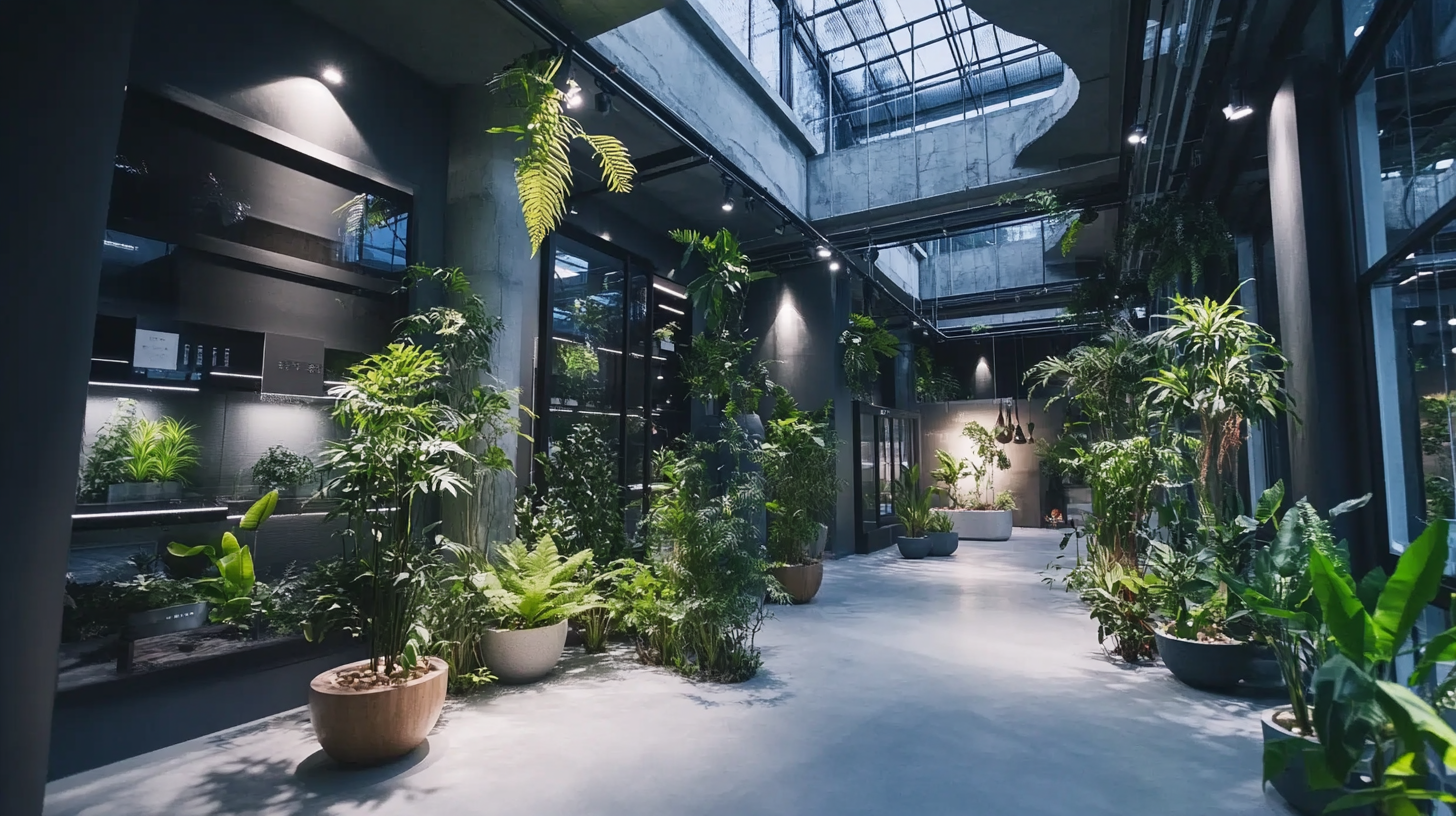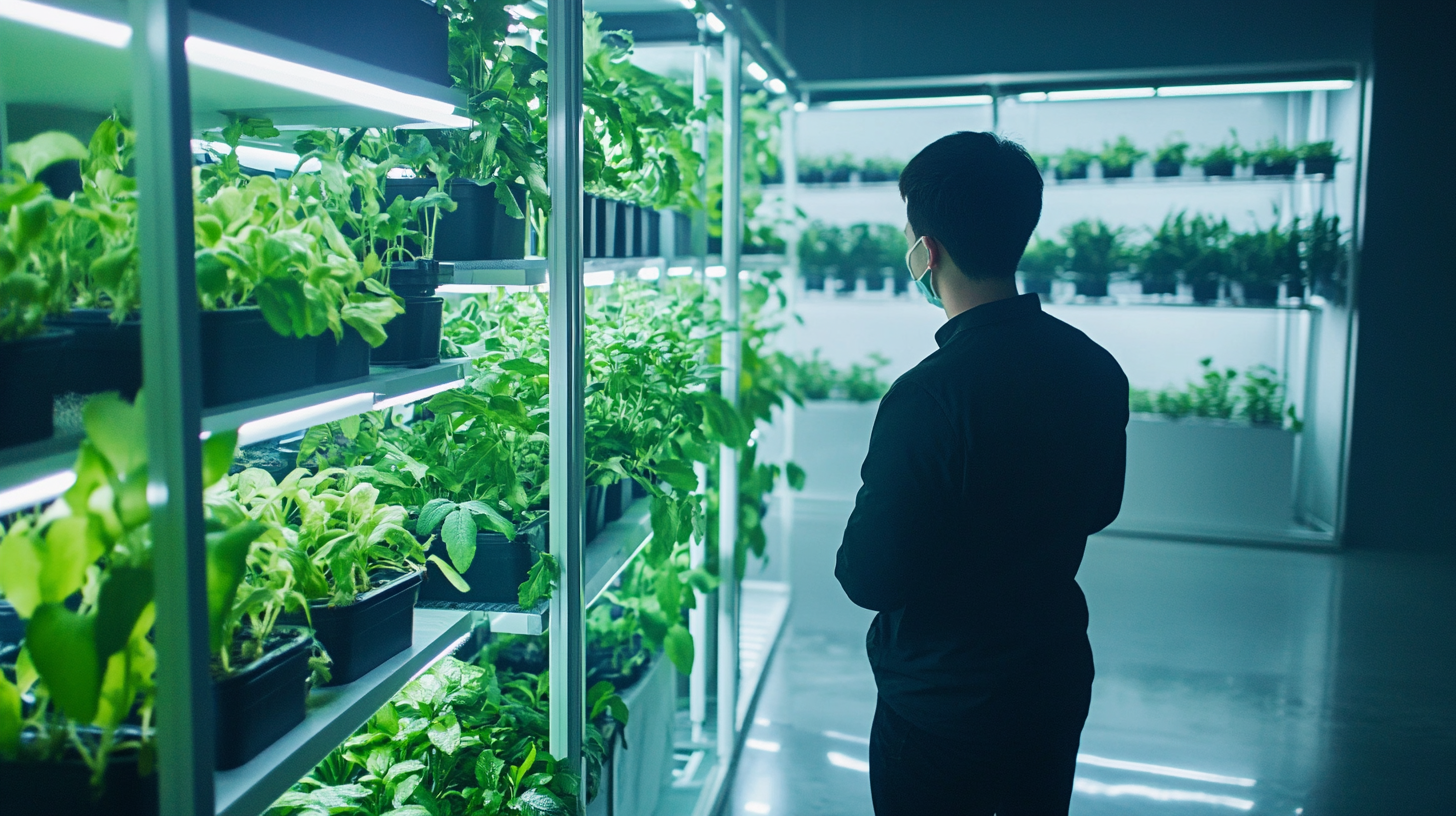
In recent years, the market for Realistic Fake Plants has experienced remarkable growth, even as the trade tensions between the US and China have led to increased tariffs and economic uncertainty. According to a report from Grand View Research, the global artificial plants market is projected to reach $2.7 billion by 2025, growing at a CAGR of 5.2%. This surge in demand is driven by factors such as urbanization and a growing appreciation for home aesthetics, which have collectively bolstered the appeal of high-quality faux greenery. Despite the imposition of tariffs, Chinese manufacturers have adeptly navigated these challenges, leveraging their extensive production capabilities and supply chain efficiencies. As a result, they continue to dominate the market for Realistic Fake Plants, providing innovative and visually stunning products that cater to both consumer and commercial needs, effectively turning potential trade barriers into opportunities for growth.

China’s fake plant industry has shown remarkable resilience despite the challenges posed by US tariffs. This durability can largely be attributed to the extensive subsidies that the Chinese government provides to its manufacturing sectors. These financial supports have enabled manufacturers to keep production costs low, allowing them to maintain competitive pricing even in the face of heightened trade tensions. According to recent data, subsidies have become a significant factor influencing global trade dynamics, infusing roughly $5 billion annually into industries providing goods like realistic fake plants. This enables them to thrive even as tariffs impose additional costs on exports.
Moreover, the current global market reveals significant shifts as other countries adjust to China's dominance in the supply chain. For instance, the ASEAN region, once a hotspot for benefiting from Chinese growth, now experiences pressure as industrial overcapacity emerges in China. As a result, many businesses in ASEAN may find themselves needing to adapt quickly to the changing landscape. Reports suggest that over the next few years, as US trade policies evolve, opportunities may arise for US manufacturers looking to diversify their supply chains, potentially impacting the dynamics of sectors heavily reliant on imports like that of artificial plants. This environment could lead to innovation and adaptation within the industry, further ensuring its resilience amidst ongoing challenges.

The market for faux plants in the US has recently witnessed a significant surge, driven by evolving consumer preferences and lifestyle choices. As more people embrace indoor gardening and home decor trends that emphasize low-maintenance options, the demand for realistic fake plants has skyrocketed. These faux botanicals not only cater to the aesthetic desires of homeowners but also provide a practical solution for busy individuals who appreciate greenery without the upkeep. This shift in market dynamics reflects a growing awareness of the benefits of incorporating faux plants into everyday spaces, from homes to offices.
Moreover, the resilience of China’s manufacturing industry amidst tariff challenges has allowed it to remain competitive in delivering high-quality faux plants at accessible price points. Despite the complexities of international trade relations, Chinese manufacturers have adapted to provide innovative designs, appealing textures, and lifelike appearances that satisfy the discerning tastes of consumers in the US market. As sustainability becomes a priority, faux plants also offer an eco-friendly alternative, requiring no water or sunlight, reinforcing their appeal. With these trends in place, the faux plant market is poised for substantial growth, transforming how people think about home decor and indoor environments.
The recent US-China tariff disputes have significantly impacted supply chains, particularly in the manufacturing sector of realistic fake plants. As businesses face increased costs due to tariffs on imported goods, many manufacturers in China have begun to rethink their pricing strategies. By optimizing production processes and sourcing cheaper raw materials, they are working to absorb some of these extra costs while keeping their products competitively priced. This adaptability has allowed them to maintain market presence despite rising tariffs that threaten to erode profit margins.
Furthermore, the tariffs have prompted companies to explore alternative markets, seeking buyers beyond just the United States. By diversifying their clientele and building relationships in other countries, these manufacturers are mitigating the risks associated with the tariffs. This shift not only helps sustain their operations but also creates a more resilient business model. As a result, while the tariffs pose challenges, they also catalyze innovation and strategic adjustments that could ultimately strengthen China’s position in the realistic fake plant market.

China’s manufacturing sector has demonstrated remarkable resilience against the backdrop of evolving tariffs and trade tensions with the US. One area where this is particularly evident is in the production of high-quality fake plants. Innovative manufacturing techniques have emerged as key drivers of competitive advantages, allowing Chinese manufacturers to enhance their product offerings while maintaining affordability.
Advanced technology and automation play crucial roles in streamlining production processes. For example, sophisticated machinery enables precise molding and painting, resulting in realistic textures and vibrant colors that rival natural plants. Furthermore, the integration of sustainable materials not only appeals to environmentally conscious consumers but also positions these manufacturers favorably in a market increasingly focused on ecological responsibility.
Additionally, the agility of Chinese manufacturers allows them to adapt quickly to market trends and consumer preferences. This nimbleness, combined with ongoing research in design and material development, empowers them to deliver products that not only meet but exceed customer expectations. In a landscape marked by uncertainty, the ability to innovate and pivot effectively has positioned China’s realistic fake plant industry at the forefront of global markets.
In recent years, consumer preferences have drastically shifted towards eco-friendly and maintenance-free decor, a trend that has significantly impacted the market for fake plants. As more individuals seek sustainable lifestyle choices, realistic artificial plants have emerged as an ideal solution. They provide the beauty of nature without the environmental cost associated with live plants, such as water usage and the carbon footprint of transportation. These faux greens are not only appealing but also cater to the demands of busy lifestyles where low-maintenance decor is a priority.
The thriving manufacturing of realistic fake plants in China exemplifies this shift. Despite the ongoing US-China tariff challenges, manufacturers have adapted by focusing on eco-friendly materials and innovative designs that resonate with sustainability-conscious consumers. By leveraging advanced technology and design expertise, Chinese manufacturers are producing a remarkable variety of options that are indistinguishable from their natural counterparts. This evolving market not only meets the aesthetic desires of consumers but also aligns with their values, contributing to a growing preference for products that are both environmentally friendly and easy to maintain.
